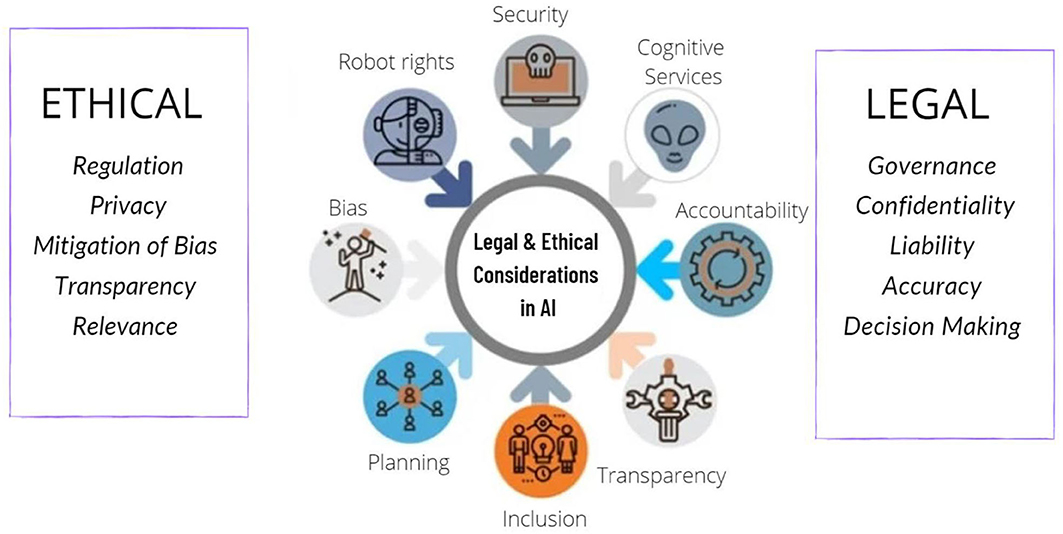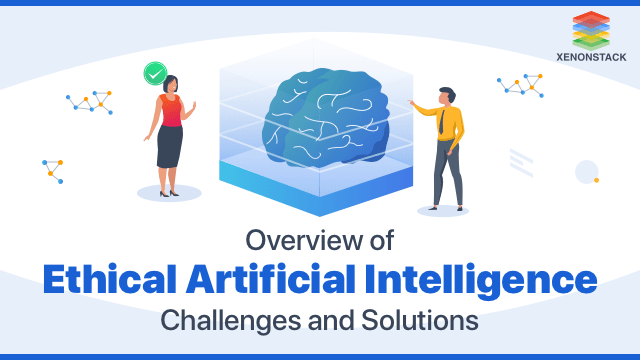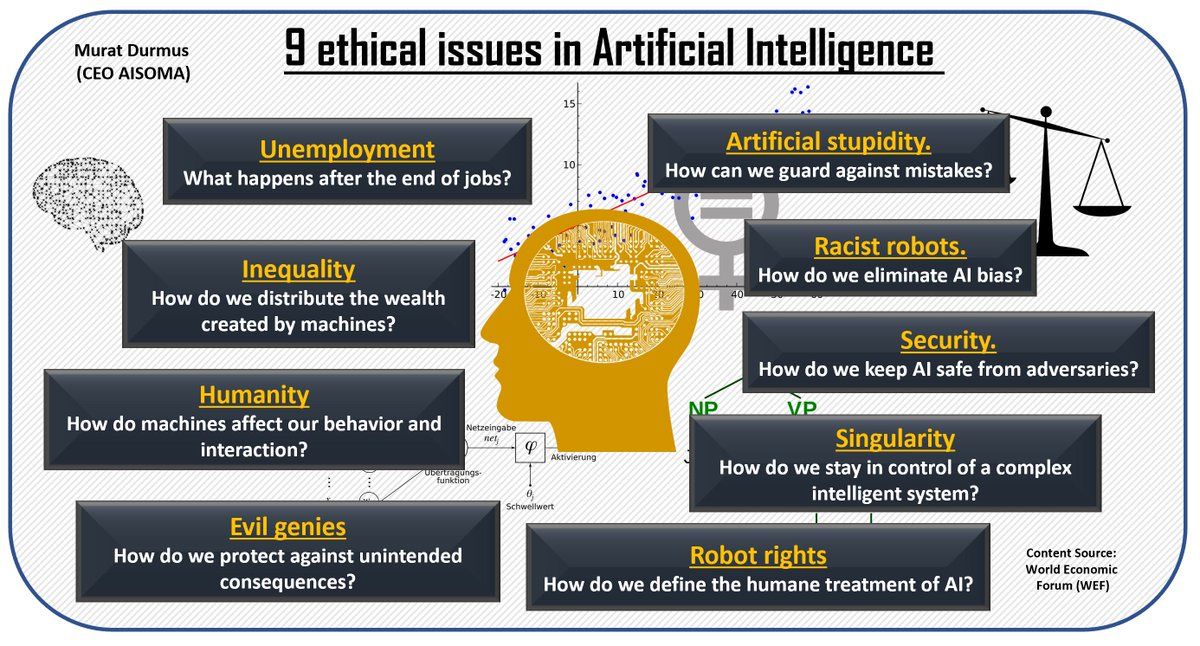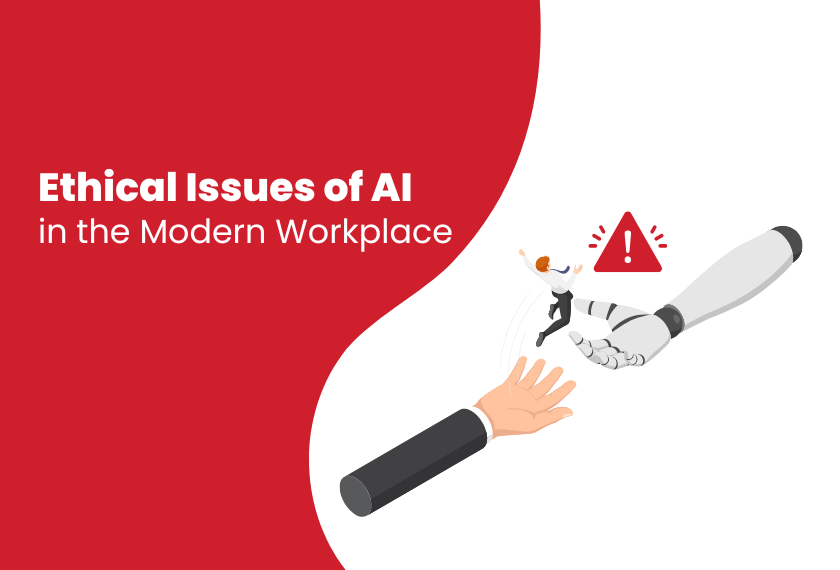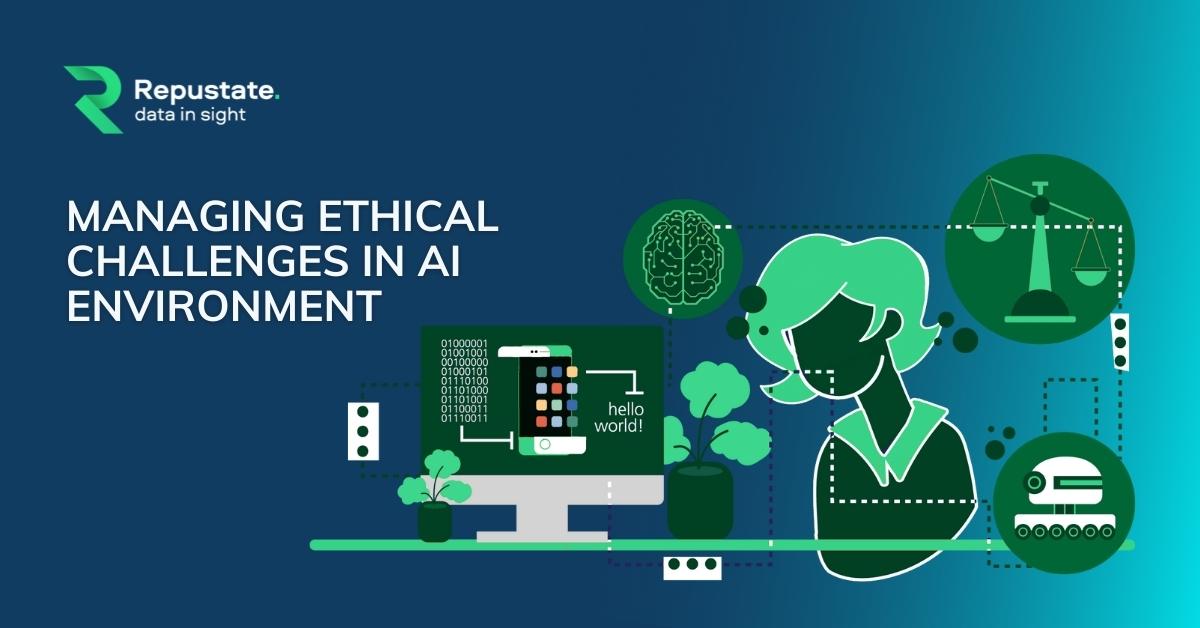Explore the environmental consequences and ethical challenges accompanying the rapid growth of AI in the IT industry. Discover how the demand for computational power is reshaping datacentres and impacting sustainability goals. Learn about the carbon footprint of AI and its implications for organizations and society.
In the ever-evolving landscape of the IT industry, the growth of Artificial Intelligence (AI) has been both a boon and a bane. While AI technologies promise innovation and efficiency, they also pose significant environmental and ethical challenges, particularly within the datacentre sector.
On one hand, AI's potential to transform industries and enhance productivity is undeniable. The ability of AI systems, such as ChatGPT, to process vast amounts of information has revolutionized how we approach problem-solving and data analysis. Businesses worldwide are increasingly adopting AI, with a Goldman Sachs study suggesting that millions of jobs could be automated by AI platforms.
However, as AI's usage expands, the demand for computational power surges. This heightened demand is primarily met through Graphics Processing Units (GPUs), which are energy-intensive components. These GPUs play a crucial role in the two primary stages of AI: training and inference.
During the training phase, AI learns from extensive datasets, necessitating substantial computational power. For advanced systems like ChatGPT, thousands of GPUs work tirelessly for extended periods to ensure thorough training. The following inference stage, while less power-intensive, is vital for delivering real-time responses.
The power requirements for GPUs are staggering. A standard datacentre rack consumes approximately four kilowatts of electricity. In contrast, high-performance computers needed for AI can demand up to 15 times that amount, equivalent to the power consumption of 25 households. Deploying numerous AI-supporting racks in a datacentre can consume as much energy as a small town.
This rapid expansion in datacentre power consumption has profound implications for environmental sustainability. Many organizations are striving to achieve net-zero targets, aligning with global sustainability goals. The deployment of AI applications directly challenges these objectives due to its substantial carbon footprint.
To mitigate this environmental impact, organizations need to assess their 'scope 3' emissions, encompassing emissions in their value chain. Scope 2 emissions, which relate to electricity consumption, are particularly critical for AI due to GPU energy demands. Even if AI operations are energy-efficient, the carbon intensity of the region's energy sources can significantly affect their environmental footprint.
Different regions produce electricity with varying carbon intensity, influenced by energy sources like fossil fuels and renewables. The carbon intensity measures the carbon dioxide emissions produced per unit of electricity. Understanding these differences is crucial for making sustainable IT decisions.
As businesses and individuals continue to embrace AI, it is imperative to comprehend the carbon footprint associated with their supply chains. AI's growth in the IT industry, though promising in many ways, should not compromise the global commitment to sustainability.
The future of AI and the IT industry relies on addressing these environmental and ethical dilemmas. It's essential for organizations and individuals to balance technological advancement with responsible environmental stewardship, ensuring that AI's expansion contributes to a sustainable future.

